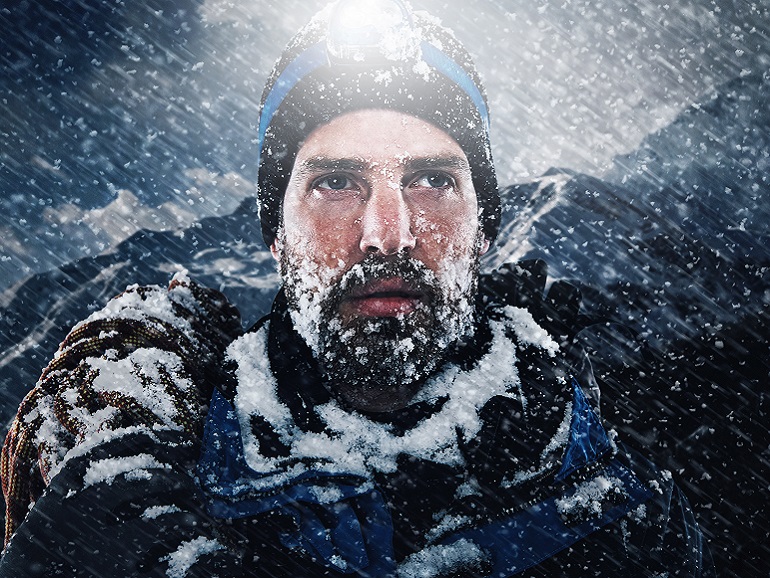ARTICLES
Protect yourself from frostbite

It's easier than you think
Frostbite is a severe form of injury to the skin and underlying tissues from contact with cold air, ice or snow. It occurs most frequently on your ears, nose, cheeks, chin, fingers and toes because these peripheral areas experience limited blood flow when blood is reallocated to your core to conserve heat. Frostbite will even occur on skin covered by gloves, boots or other clothing if the temperature drops low enough.
You may have frostbite if you experience stinging and burning followed by numbness. Your skin will lose all sensation and become white, waxy and hard to the touch. You may not even feel frostbite, so keep an eye out to spot white skin on your outdoor sports partners.
If you see these signs, seek medical attention as soon as possible. In the meantime, here are some tips for avoiding additional tissue damage: 1) do not rub the area as there are ice crystals in the tissues, 2) do not warm the area until you are sure that you can keep it warm and 3) warm up the area slowly and gradually, using blankets, a warm room or contact with body heat.
Don’t be afraid to get out there in winter. But take sensible precautions: pay attention to extreme cold weather alerts, avoid high winds, dress in loose layers to trap warm air, and stay dry. On very cold days you may need a face mask in addition to a thick hat and insulated gloves. Last, partner up with a buddy when heading out for a winter adventure. When it comes to extreme weather, two heads – and bodies – are always better than one.
- Dr. Greg Wells, www.drgregwells.com

 Tweet
Tweet Share
Share